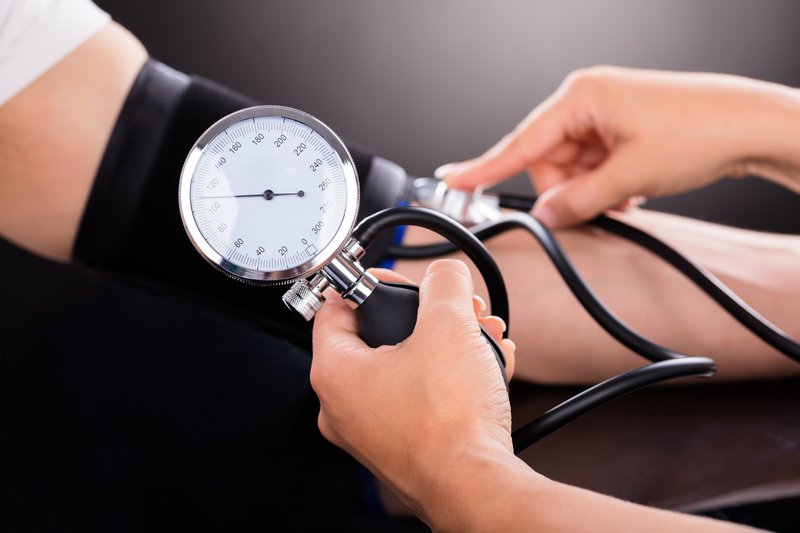International Day for the Eradication of Poverty
Older people in Slovenia are at greater risk of poverty, particularly women
In 2019, the at-risk-of-poverty rate in Slovenia was 12%, meaning that about 234,000 people in Slovenia were living with income lower than the at-risk-of-poverty threshold.
17 October is the International Day for the Eradication of Poverty. The day was proclaimed by the United Nations General Assembly in 1992 to commemorate 17 October 1987 when over a hundred thousand people gathered at the Trocadéro in Paris, where the Universal Declaration of Human Rights was signed in 1948, to honour the victims of extreme poverty, violence and hunger. Since then, people of all backgrounds, beliefs and social origins have gathered every year on 17 October to renew their commitment and show their solidarity with the poor.
This year the main topic is “Acting together to achieve social and environmental justice for all”. It is taking place during the COVID-19 pandemic, which has seriously jeopardized global efforts to reduce severe poverty around the world by 2020 and eradicate it by 2030.
One in eight people in Slovenia below the at-risk-of-poverty threshold
How is poverty measured? Statistical offices of European countries measure so-called relative poverty, i.e. how many people are poor compared to others. We suppose that due to their low income poor people cannot afford to have a life that is deemed normal for the society in which they live.
Relative poverty is expressed with the at-risk-of-poverty rate, which indicates the share of people living in households in which net disposable income is below the at-risk-of-poverty threshold. In 2019, 243,000 people in Slovenia (12.0% of the population) were living with income lower than the at-risk-of-poverty threshold.
In 2019, the annual at-risk-of-poverty threshold for a one-person household in Slovenia was EUR 8,440 and the monthly threshold EUR 703. This means that people whose net disposable income was lower than EUR 703 were at risk of poverty, i.e. were living below the at-risk-of-poverty threshold.
One in seven people in Slovenia at-risk-of-poverty or social exclusion
Social exclusion is a wider notion than poverty, since it also comprises people who are severely materially deprived or who live in households with very low work intensity. In 2019, one in seven people in Slovenia was at-risk-of-poverty or social exclusion. About 10,000 people were exposed to all three kinds of social exclusion, i.e. risk of poverty, severe material deprivation and very low work intensity.
The data for a longer period show that the at-risk-of-poverty or social exclusion rate in Slovenia is gradually falling. In the past eleven years it declined from 18.5% to 14.4%.
Inequality of income distribution in Slovenia
Income inequality, which provides a broader outlook of social exclusion, can be measured with several indicators. Two of the most commonly used are the quintile ratio and the Gini coefficient. The lower their value, the lower the differences in income distribution, i.e. the income is more equally distributed among people in households. In 2019, the Gini coefficient was 23.9% and the quintile ratio was 3.4. This means that 20% of persons with the highest incomes in Slovenia had 3.4-times more income than 20% of persons with the lowest incomes.
Older people, particularly women, at greater risk of poverty
The dynamics of poverty differs by socio-economic categories of persons and households. Data on the at-risk-of-poverty rates by sex and age show that in 2019 women were at greatest risk of poverty (13.0%), particularly those aged 65+ (23.0%). The share grows with age, so that for women aged 75+ the at-risk-of-poverty rate is 28.1%.
As regards the type of household, one-person households are at greatest risk with 38.0% people below the at-risk-of-poverty threshold; women were particularly vulnerable (41.1%). Among households with dependent children, single-parent households with at least one dependent child were at greatest risk (26.1%). As regards activity, as expected the situation was the worst for the inactive (21.3%), particularly the unemployed (43.6%).
Poverty in the EU
According to the latest data, in EU Member States the share of persons at risk of poverty in 2019 was between 10.1% in Czechia and 23.8% in Romania. With the rate of 12%, Slovenia was among the countries with the lowest risk of poverty in the EU. Lower shares of persons at risk of poverty were recorded in Czechia and Finland, while in Hungary, Slovakia and Denmark the rates were similar to the rate in Slovenia. European countries with the highest rates are Bulgaria, Latvia and Romania. Their rates are over 22%. The at-risk-of-poverty threshold was between EUR 2,310 in Romania and EUR 18,430 in Denmark.




.jpg)